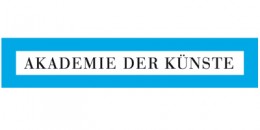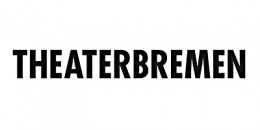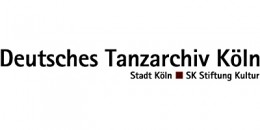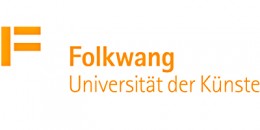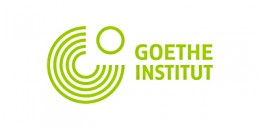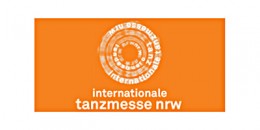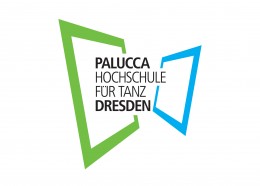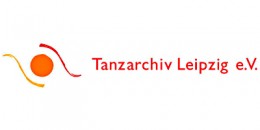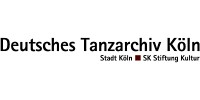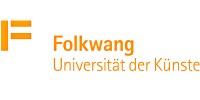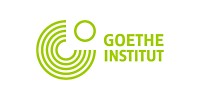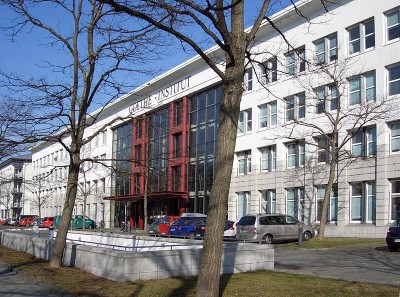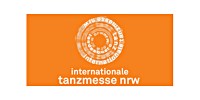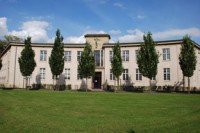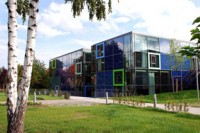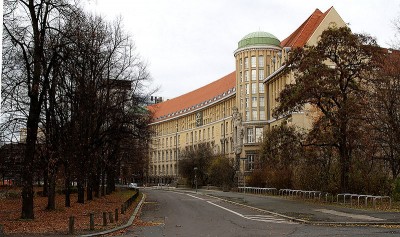| Akademie der Künste, Berlin |
Institutions |
Logo: Akademie der Künste, Berlin

The Academy of Arts | Pariser Platz | Foto © Mayer
From 2008 to 2010, the series “Political Bodies” presented choreographers who created a new dance language in situations of social upheaval, including Pina Bausch, Gerhard Bohner, Reinhild Hoffmann, Susanne Linke, Alain Platel and Arila Siegert.
The Akademie is also a forum for the cultural-political discussion of the production conditions of dance. The Academy’s archives offer sources and testimonies on dance in the 20th century, which are made visible online on the “Digital Atlas of Dance” platform.
The Dance Spectrum also includes the “Valeska Gert Visiting Professorship”, a cooperation with the Free University of Berlin and the DAAD, in which choreographers work practically with students of dance studies.
.
(Text: Press Office Akademie der Künste)

